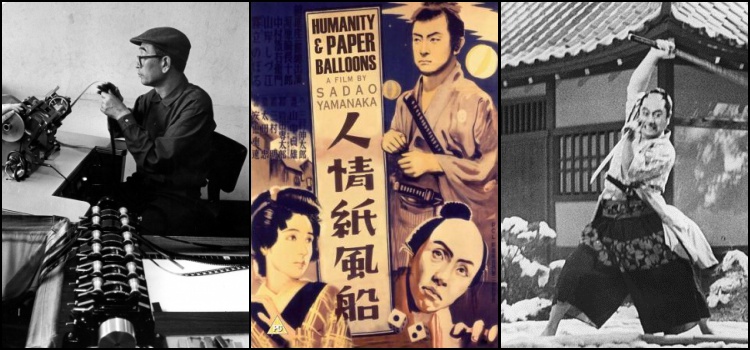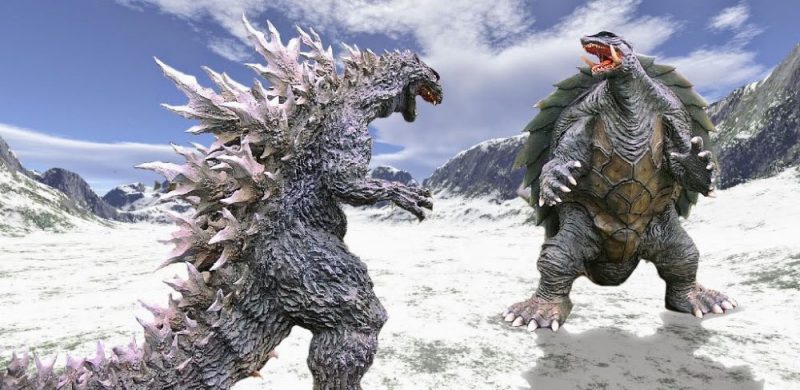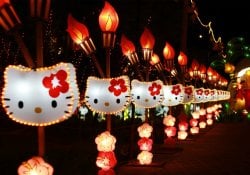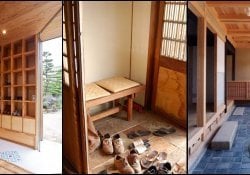With well over 100 cinema in Japan is growing every day. In 1899, the first Japanese film was produced, called Geisha No Teodori, a feature-length documentary. But the first major production of Japanese cinema only happened in 1913, which was the first version of Chushingura, the 47 Ronin, based on the legend of the masterless samurai.
During a certain period, as in other countries, the film industry was controlled by the military. Movie theaters showed educational films and militaristic propaganda in large quantities. They also began to produce films focusing on loyalty to the Emperor and personal sacrifice for the benefit of the people. Thus, in the period of the 2nd World War, the films acquired the objective of ideological propaganda.
Índice de Conteúdo
Cinema in Japan after World War II
In the post-war period, Japan was both broken down in terms of infrastructure and psychology. Cinema came to be a re-education tool for the country, but little by little, with economic growth resurgent, space opens up for major studios such as Toho, Shochiku, Daiei to rebuild. In this period, the Western influence is also stronger and more evident among people, thus reflecting in the cinema.
And it is in this scenario that Japanese director Akira Kurosawa appears, who debuts in 1943 with Sugata Sanshiro. (Sugata Sanshiro – A Judo Saga). Kurosawa begins to gain popularity in Japan, creating stories where good and evil are not easily defined. In 1951, international recognition came, when Akira Kurosawa was awarded in Venice for his film “At the Gates of Hell” (Rashomon), many even say that because of this film it came to originate the Oscar category for best foreign film.
Two years later, Teinosuke Kinugasa, an actor and director of Japanese cinema, filmed “Love of Samurai” (Jigokumon) which was the first color film in Japan to have an international premiere, and in 1954 this film would receive two Oscars. From then on, Japanese film production grew considerably, with 3 hundred films per year in the following years, it was when Japanese cinema first beat American cinema, in cinemas in Japan.
Diversifying cinema in Japan
The themes varied a lot, ranging from dramas to comedies, and it was at this time that the first divas of cinema began to appear, as women played a central role in cinema. Musical films were reappearing, as well as action and hero films. And in 1954 after the popularization of the Godzilla series, science fiction and fantasy films gained their space.
In the 60's and 70's new central themes were appearing. Directors such as Nagisa Oshima, Shohei Imamura, Masahiro Shindona and Seijun Suzuki broke with tradition, approaching modern themes, taken in a provocative and even shocking way, approaching themes such as crime, sex, the role of minorities and anti-heroes, they also used surrealism and forms of unusual stories for that time.
In 1988 Katsuhiro Otomo assumes his animation career from the famous and revolutionary Akira. The film showed a pessimistic future after a nuclear war, in a combination of technology, juvenile delinquency and political conspiracies. That same year Hayao Miyazaki adapts his manga Nausicaä of the Valley of the Wind (Kaze no tani no Naushika) for the cinema.
In 2001 Hayao Miyazaki launches Chihiro's trip, film that breaks box office records worldwide. It won the Golden Lion of Venice and the Oscar for Best Animated Film. In 2016 another movie called Kimi no na wa appeared to break more box office records.
Today Japanese cinema continues its growth and popularity both nationally and internationally. With great films, authors, directors and actors, moving the economy of this medium.
Article written by Marcelo do Carmo.







